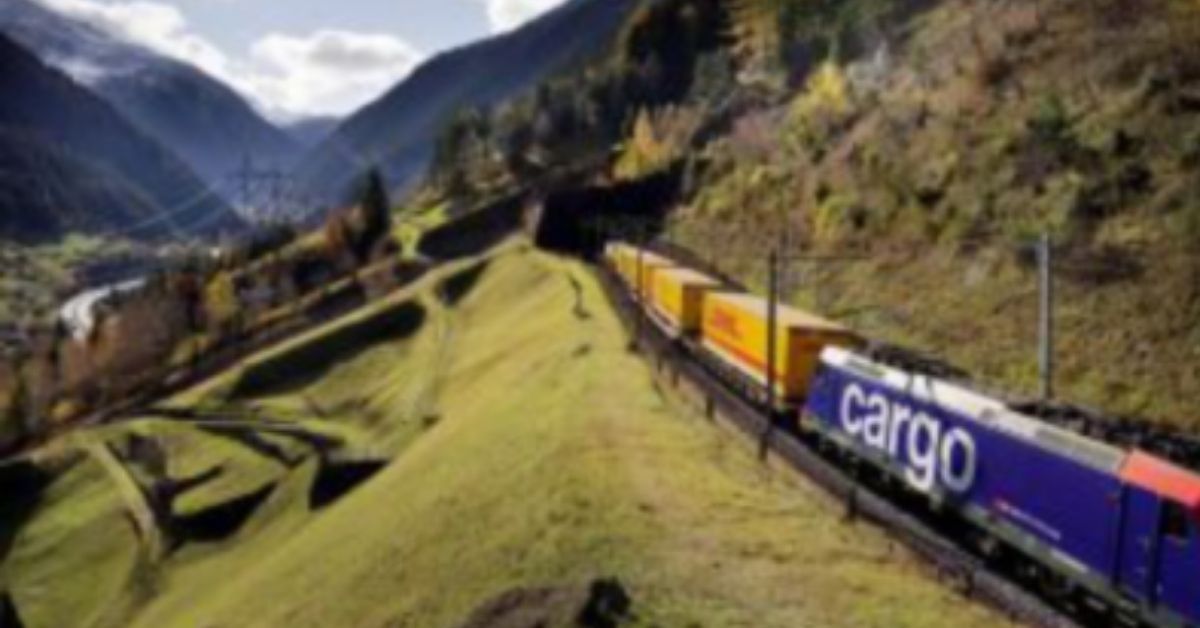Rail freight transit through Iran’s territory lasts between 3 to 5 days from Sarakhs Border to Bandar Abbas, reported Miad Salehi, Deputy Minister and CEO of the Islamic Republic of Iran Railways, while speaking at the international conference on the sea-based economy which is being held at the IRIB International Conference Center today.
As per the agreement with Russia, Kazakhstan, and Turkmenistan, rail freights transit within 2 to 3 days through Iran’s territory, while international freight transits will have discounts and priority over domestic freights, Salehi stated.
There has been considerable improvements in the multimodal rail-port transport. Based on the studies, the competitive advantages of Iran in transport are rail for intra-territorial scale and maritime for international scale, According to the CEO of the Islamic Republic of Iran Railways.
Pointing to the importance of rail transport and transit for Iran, Salehi highlighted two rail borders with Turkmenistan including Sarakhs and Incheh Borun through which freights can be transited to China and Russia.
He further informed of the plan for transport of coal cargo from Russia to India.
Referring to the improvement of Iran’s railway capacities and capabilities in the 13th government, Salehi said: “currently, it takes less than a day to change a bogie, and 300 freight locomotives operate on a daily basis, which can be prioritized for international transit. Tracking wagons are also provided for some customers and this service is in progress for others”.
The International North-South Transport Corridor (INSTC) has six rail routes in Iran. Two routes are in the east, two routes in the west, and two routes in the north connected to the rail through the Caspian Sea. The two routes in the east of the Caspian Sea are already operational. The freights from the south i.e. the Persian Gulf are transported by rail from Bandar Abbas to Sarakhs and Incheh Borun. Also in the west of the Caspian Sea, Amirabad port is connected to rail and the Caspian port will be connected to rail in the near future.
Referring to the necessity of rail logistics, Salehi emphasized: “It is expected that the speed of loading and unloading at ports will be increased on the rail and the necessary infrastructure will be provided in the ports. Also, customs should be flexible so that the cargo clearance time is reduced and an attractive rail-sea transit route is provided for freight transit”.
Iran Railway is consistently working to eliminate inefficiencies in the railway sector. There is a need to increase the logistics capacity in the ports as upon the inauguration of the rail connection to the Caspian Port, there is a need to a ro-ro berth, he pointed out.








